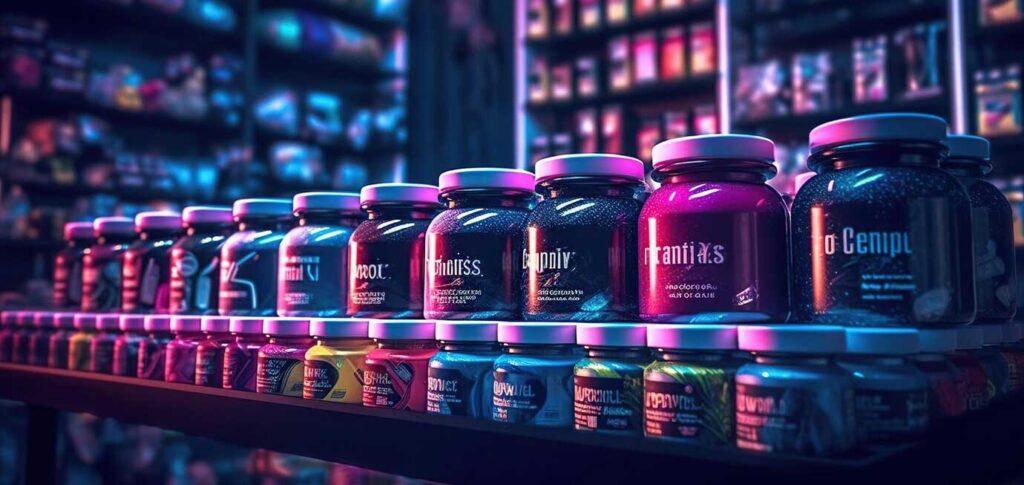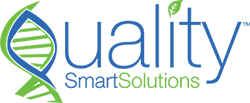Health Canada’s April 2025 Updates on the Medical Device Shortage List

Medical device shortage reporting requirements have recently changed, and it is essential for manufacturers and importers to stay informed.
... Read moreWhy The FDA Is Phasing Out Petroleum-based Synthetic Dyes

Learn how the FDA’s plan to phase out petroleum-based synthetic dyes could impact your food products and what steps you should take now.
... Read morePreparing a Successful Food Additive Submission in Canada

Learn how to prepare a food additive submission for Health Canada to ensure compliance and avoid costly delays.
... Read moreTips to Keep Cosmetics Compliant and Listed on Amazon Canada

Learn how to avoid Amazon Canada cosmetic delisting by meeting Health Canada requirements and maintaining compliance.
... Read moreFDA announces ESG NextGen launch for industry submissions

FDA ESG NextGen is now officially live. If your company needs to submit regulatory documents to the FDA, you’ll now use this updated system instead of the retired WebTrader platform.
... Read moreEFSA Opens 2025 Call for Novel Food Advice to SMEs

EFSA is offering early advice to SMEs preparing novel food applications in 2025. Apply before the June 12 deadline to get guidance.
... Read moreSIAL Toronto 2025

What’s the Difference Between Functional Foods and NHPs?

Learn the difference between functional foods and Natural Health Products in Canada, and how to classify your product correctly.
... Read moreThe Role of Natural Product Numbers (NPNs) in Canada

What is NPN? Learn how to get approval for your natural health product and stay compliant with Canadian regulations.
... Read moreUnderstanding the Importance of MDSAP Certification

Learn how MDSAP helps meet Health Canada requirements and streamline audits for medical device compliance.
... Read more